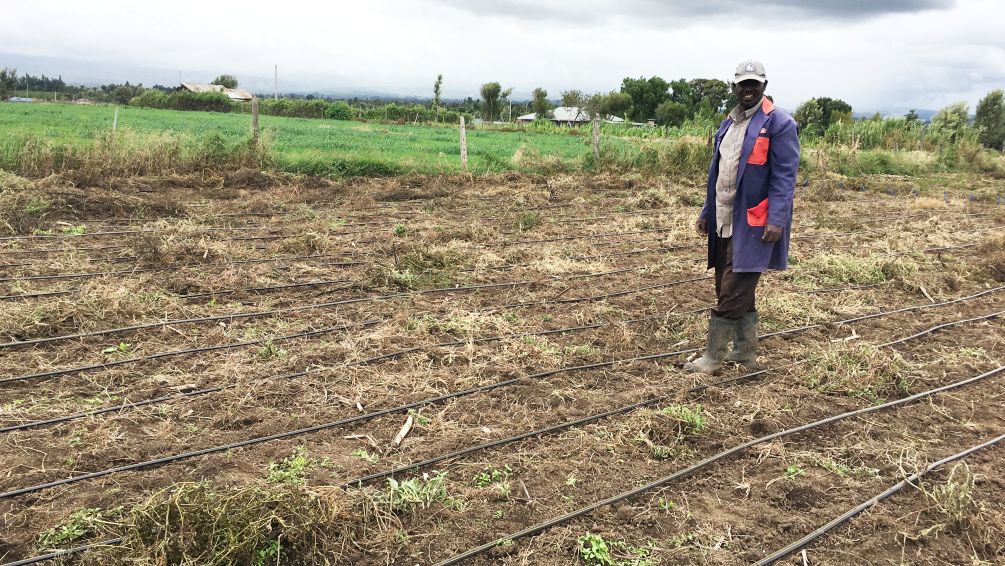Your Soil is Speaking—Are You Listening?
Agriculture is at a breaking point and it starts beneath our feet.
Soil degradation is costing $400 billion annually in lost productivity worldwide. The health of our soil is declining, and so is the economic resilience of our farms. Yet, regenerating soil health remains one of the most underrated investment opportunities in agriculture.
Why Does This Matter?
Degraded soils lead to:
1. Lower crop yields
2. Increased fertilizer dependency
3. Poor water retention, increasing drought risks
4. Higher running costs, more effort, less gain.
It is frustrating—but it is not the end of the story.
The Smart Farmer’s Secret: Regenerative Agriculture
Regenerative farming is not about going back to old ways or giving up modern tools. It is about working with nature to boost your land, your yields, and your income.
Here are the benefits of improving your soil:
1. Higher Yields & Profit Margins: Healthy soils increase crop productivity by up to 40% while reducing input costs.
2. Reduced Fertilizer & Water Costs: Soil with higher organic matter holds 25 times more water, cutting irrigation and fertilizer needs.
3. Stronger Market Position: Regenerative products fetch premium prices, aligning with consumer demand for sustainability.
4. Long-Term Land Value Appreciation: Investing in soil health protects and increases land value over time.
How to Regenerate Soil—Profitably
You do not need fancy equipment or a complete overhaul. Start small, start smart:
1. Plant Cover Crops: This prevents erosion, enhances microbial life, and reduces fertilizer use.
2. Use Biological Fertilizers: Enhances soil fertility while reducing chemical dependency.
3. Practice No-Till or Less-Tillage Practices: It preserves soil structure and organic matter.
4. Integrate Livestock Grazing: Supports nutrient cycling and improves soil organic matter.
5. Precision Agriculture and Soil Testing: Data-driven soil management reduces waste and maximizes efficiency.
The Future of Soil is Profitable
Investing in soil regeneration is no longer a cost—it is a business strategy for higher yields, lower costs, and stronger financial returns.


Leave A Comment
All fields marked with an asterisk (*) are required